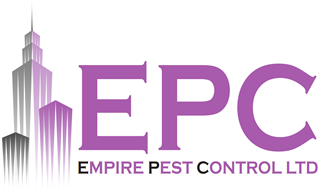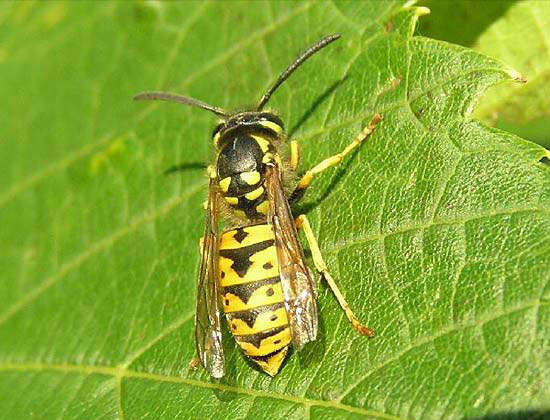ORDER: Hymenoptera
FAMILY: Vespidae
Wasps are a social insect and seasonal pest, common throughout the uk, they live in large structured colonies and are mainly active between July and late October. Wasps can become a real nuisance during summer months, entering premises foraging for food and nest matter. The females and workers have a sting, but males do not sting. The sting is painful and may induce an allergic reaction in some people.
Size, Shape and Colour: 10-20mm, slender waist, a recognisable distinct banding in bright yellow and black, two pairs of membranous wings. The males have 13 segmented antennae and 7 visible abdominal tergites, the females have 12 segmented antennae and 6 visible abdominal tergites (as in picture above).
Biology: In mid april the Queen emerges from hibernation, eggs are laid in the 10-20 chambers which have been pre-constructed by the queen. From these chambers sterile female workers emerge and by late summer the colony can reach as many as 3,000-30,000 individuals. Males and young queens are produced in late summer. They mate and the young queens fly off to seek an hibernation site to see them through the winter period.
Preferred Foods: Protein is the favoured food in the spring and early summer, then after this the diet changes for high sugar content food stuffs such as, iced cakes, chocolate products, fruit juices, jams. Dustbin waste matter is also attractive. Worker wasps will also capture catepillars and other insects.
Habitat: Common throughout UK. Nests can be found in roof spaces, redundant voids, woodland tree areas and even sometimes under foot.




